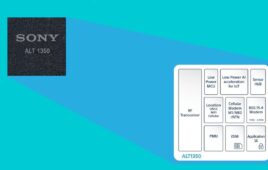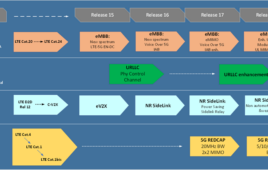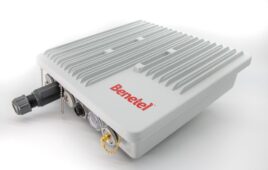AdMob today rolled out its monthly Mobile Metrics report, which focuses specifically on Android’s performance in March. The report found that the diversity of devices in the Android ecosystem is increasing, driven by the launch of new devices from different manufacturers with various form factors, capabilities and OS versions over the past seven months.
In March, there were 34 Android devices from 12 manufacturers available to consumers. In AdMob’s network in March 2010, 11 devices accounted for 96 percent of Android traffic, up from two devices in September 2009. The three primary versions of the Android OS all drove significant traffic in March 2010 – Android 1.5 took a 38 percent share of traffic, with Android 2.0/2.1 taking 35 percent and Android 1.6 accounting for 26 percent. Motorola and HTC were the leading Android device manufacturers with 44 percent and 43 percent of respective traffic.
As for the Apple devices in March, Admob says that three devices – the iPhone 3GS (39 percent), second-generation iPod touch (25 percent) and iPhone 3G (20 percent) – generated 84 percent of total iPhone OS traffic. iPhone 3GS traffic share increased from 30 percent in September 2009 to 39 percent in March 2010.
AdMob stores and analyzes handset and operator data from every ad request in its network of 18,000+ mobile websites and iPhone, Android, webOS and Flash Lite applications. The AdMob share is calculated by the percentage of requests received from a particular handset; it is a measure of relative mobile Web and application usage and does not represent handset sales.




